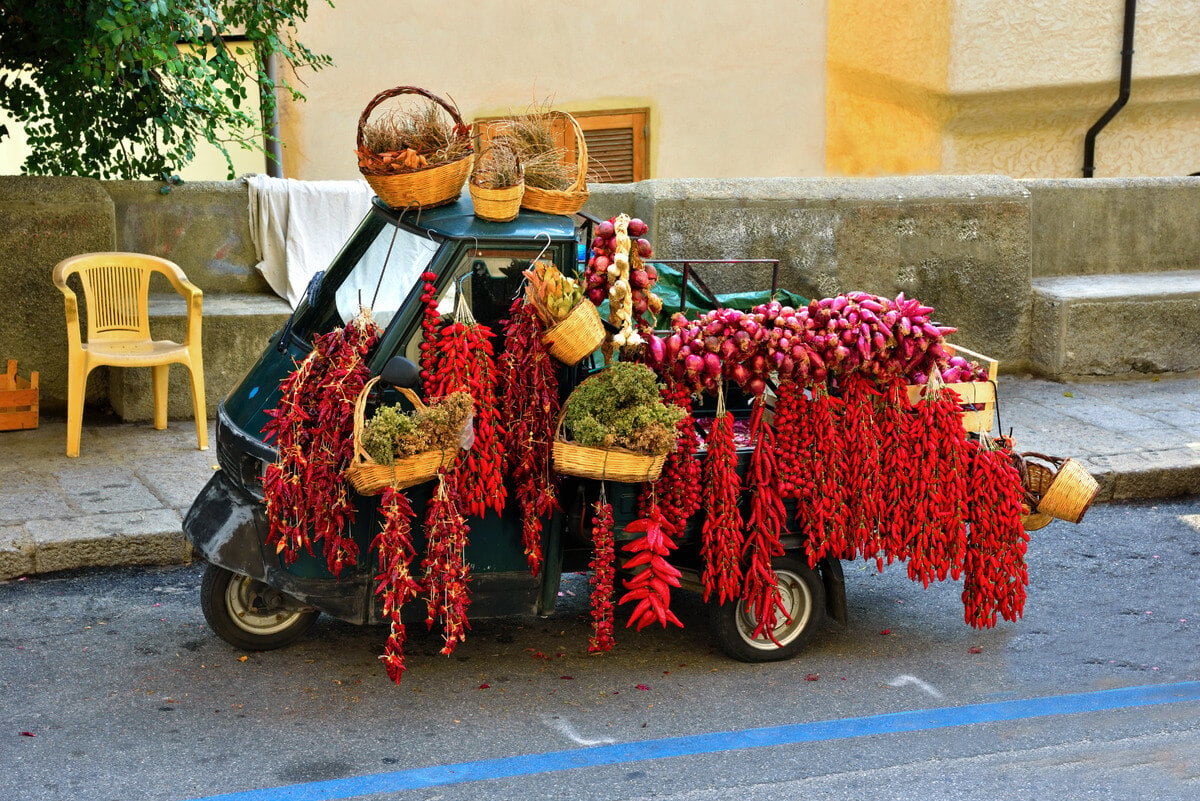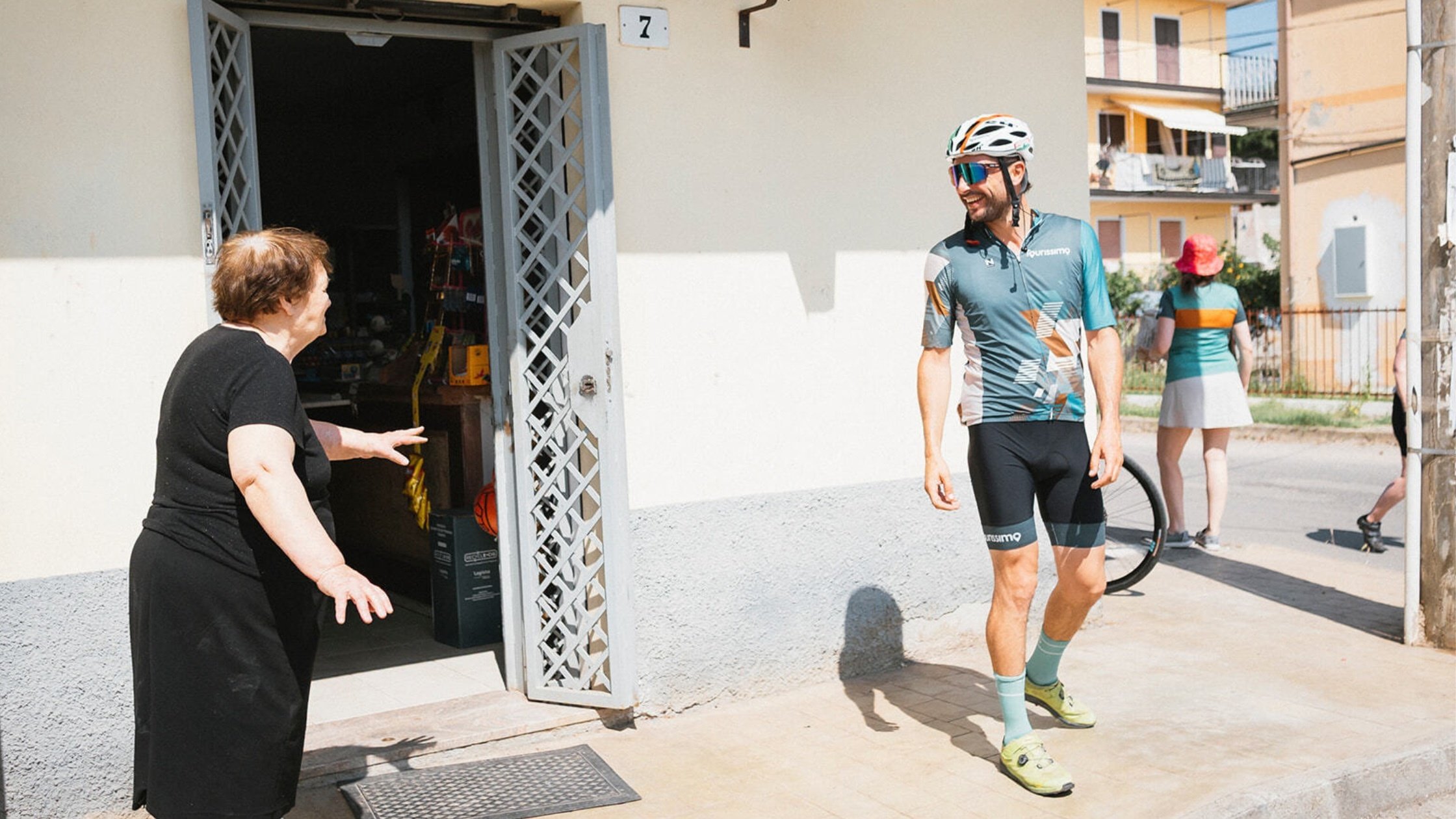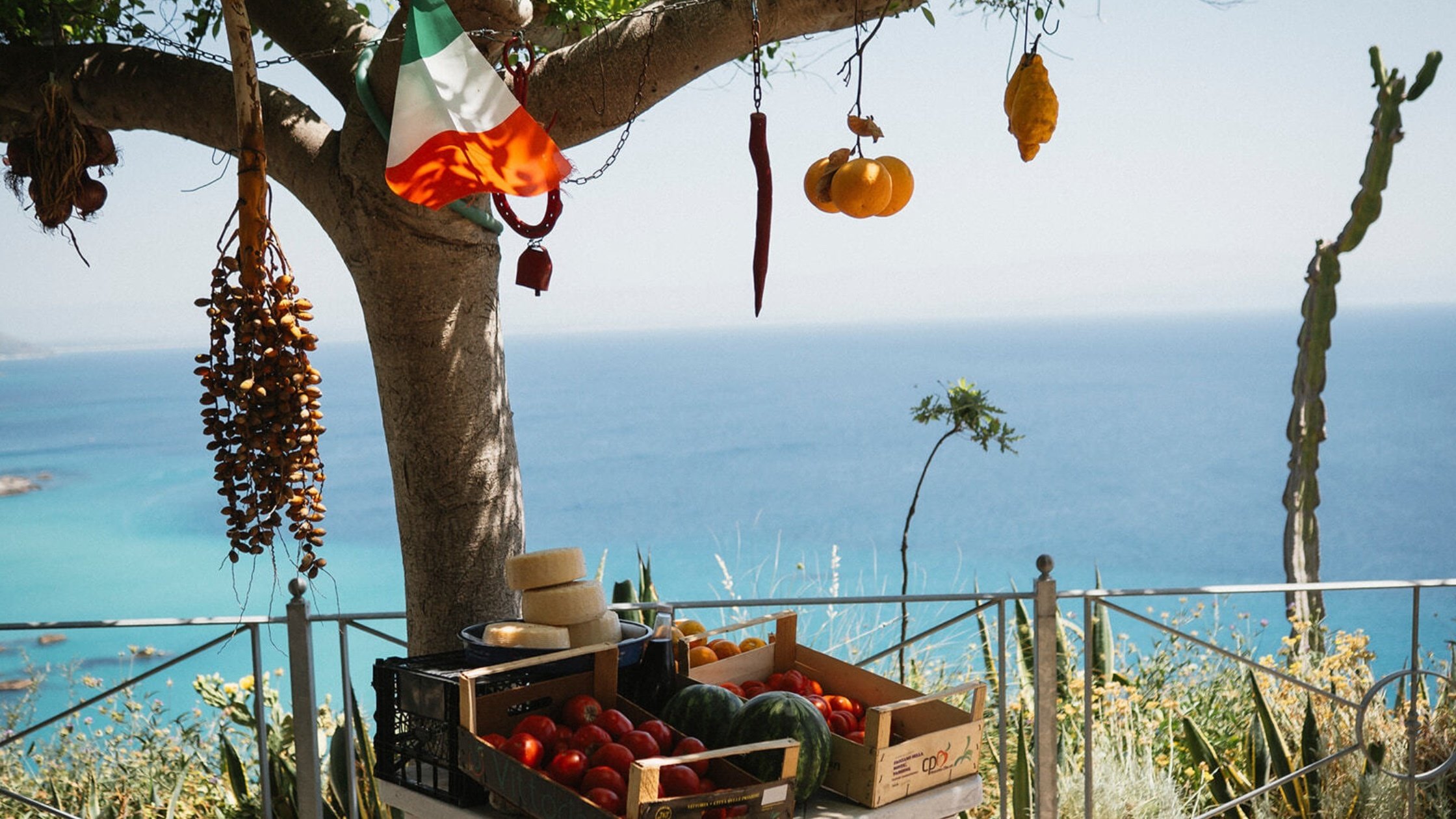This week we are hosting an article published on Eataly's website that covers the gastronomy of Emilia Romagna.
Nestled between the Alps and the Apennines, Emilia-Romagna owes a great deal to the unique nature of its territory when it comes to explaining its rich culinary tradition, which is often revered as one of the finest in Italy. The Po River, which runs across the whole of the region, marks the boundary between the fertile soil of the Pianura Padana Valley, the agricultural heart of northern Italy, and the gentle curves of the pre-Apennines on the border with Toscana. Following the course of the Po, the east of the region opens widely onto the Adriatic Sea with a low and uniform coastline and shallow waters.
Once marshland, the Pianura Padana is today one of the most fertile areas of the country following a long history of cultivation. Perhaps the first to spot the enormous agricultural potential of the region were the Romans, who made it a key center for the empire’s food production. Often dubbed ‘the food valley’, it is abundant in cereal crops and cattle rearing and home to some of the most renowned food producers in the country.
While institutionally one, from a cultural and gastronomical point of view Emilia-Romagna is in fact two. The sub-region of Emilia, which lies along an ancient Roman trading route, stretches from the western tip of the region with the cities of Piacenza, Parma, Reggio Emilia, Modena, Bologna, and Ferrara dotted around it like jewels in a crown. It is known for its solid, rich and indulgent cuisine, heavily based on pork and animal fats thanks to the Lombard (a Germanic tribe) domination of the region. It is also equally revered for being naturally effortless in its sophistication, something that the Renaissance court tradition has left as an indelible mark. In the words of Pellegrino Artusi, nineteenth century author of The Science of Cooking and the Art of Fine Dining: "When you come across the Cucina Emiliana (Emilia’s cuisine), take a bow, because it deserves it."
In the western part of the region, from Bologna to the Adriatic coast, lies Romagna. Here, unlike in Emilia, the Byzantine heritage influenced many aspects of Romagna’s culture; it is still evident in the stunning churches and mosaics of the city of Ravenna and in the prominence of terracotta-based cooking methods. Influenced more by the closeness of the sea than by the aristocratic tradition of the courts, Romagna’s gastronomic tradition is simpler and closer to the land, but just as varied and deep as its counterpart in Emilia.
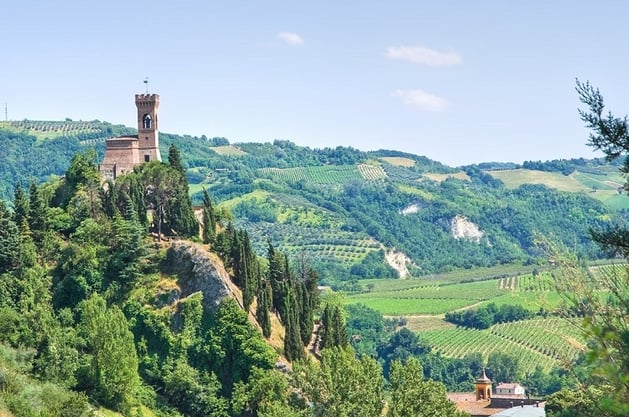
INGREDIENTS & FLAVORS
When it comes to ingredients, Emilia-Romagna’s track record is impressive. With more than 200 traditional products and 26 ingredients with geographically protected status, it is no wonder that the region is considered to be the gastronomic heart of Italy.
The geography of the territory has a lot to do with this. Low altitudes and rich, fertile soil alternating with mountains and the coast create an incredible range of spaces for gastronomic variety to thrive. Climate also plays a fundamental role, with its notoriously long and rigid winters followed by hot and humid summers. The nebbia (mist) of the Pianura Padana, despite being dreaded by many of those who live there, is an essential part of the ageing process of many of these ingredients.
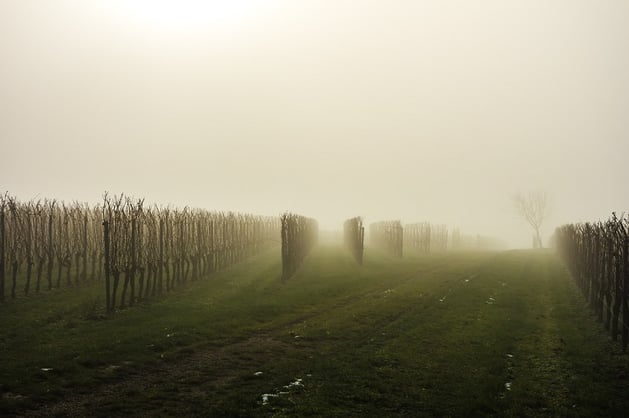
CHEESE
The abundance of pastures in the fertile corridor of the Pianura Padana means milk and butter are of exceptional quality. Parmigiano Reggiano, known worldwide for its firm yet delicate taste, is one of the greatest examples of how local produce is transformed into a premium product.
Parmigiano is the result of a delicate balance of factors; it is "made" by the knowledgeable hands of the Casaro, not "manufactured." It can only be produced from the milk of cows that feed in a strictly defined area between the cities of Parma, Reggio, Modena, Bologna, and Mantova, and it is aged naturally, with no preservatives.
With its hay-colored, firm and slightly granular paste, it has long been a key condiment of many dishes in Emilia-Romagna – fresh pastas are always topped with a generous sprinkle – and it is a staple of the diet of any children of the region (as any grandmother in Emilia Romagna will tell you, "It’s good for the bones"). You will also spot it in huge wheels on the buffet table of many aperitivi in the region.
You might also enjoy reading: Is Al Meni the Greatest Food Show on Earth?
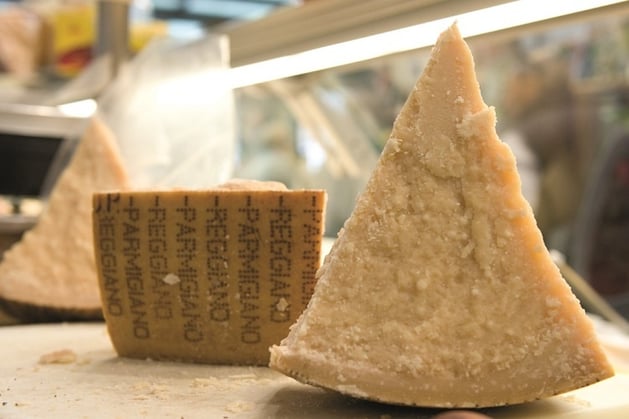
SALUMI
Alongside the Parmigiano Reggiano, no table in Emilia-Romagna is complete without a tray of salumi, cured pork meat.
With its characteristic sweetness and almost veil-like consistency, the Prosciutto Crudo di Parma (or Parma ham, as it’s more commonly known) is considered the "king" of salumi. Like Parmigiano Reggiano, it is the result of a careful balance of quality ingredients and a completely natural ageing process; while the addition of salt is important, it is the flow of warm sea breeze coming from the nearby region of Liguria that has always played a key role in drying the meat and giving its distinctive delicate flavor. Anyone working at a salumeria (salami shop) will tell you that the secret to enjoying Prosciutto is ensuring that it is sliced so thinly that it dissolves in the mouth so as to minimize the quantity of salt released by the meat.
In and around the hills near the city of Parma, there are many other salumi which are well worth a quick detour to seek out. The tender and sweet meat of the Salame di Felino, a pork sausage made from locally-reared pigs feeding on nothing but acorns, or the stronger, slightly saltier Coppa Piacentina, made exclusively in the area of Piacenza and aged at 3,000 feet above sea level are a good example of these.
But quality salumi doesn’t stop here. Produced in the Bassa (the low Pianura Padana) along the river Po, around the towns of Busseto, Zibello, Soragna, Polesine, Sissa, Roccabianca, Colorno, and San Secondo is the Culatello di Zibello. Its name, which means "little rump," refers to the soft meat from the interior of the thigh muscles of the pig, which is used in its production. The meat is cured in salt, pepper, garlic and white wine, with the alternating of dry and wet weather of the Bassa ensuring the perfect environment for a delicate and aromatic flavor.
Culatello is often considered to be a niche product in the world of salumi; a real delicacy, one that is best enjoyed simply. It is perfect on crusty bread lightly smeared with butter, or can be found paired with a soft cheese, a slice of melon or flavouring a plate of tagliolini.
Another gem in the crown of the Bassa is the spalla cotta di San Secondo, a slow-cooked pork shoulder flavored with herbs, spices and Fontanina wine. Slightly thicker than other salumi, it has a soft and velvety texture and can be enjoyed warm or cold. Perfect with a slice of torta fritta (fried dough).
Further west in the region, Mortadella di Bologna, with its distinctive cylindrical shape, pink color, and slightly spiced flavor, also holds its place as a giant (quite literally, given its size!) in the range of Emilia-Romagna’s salumi.
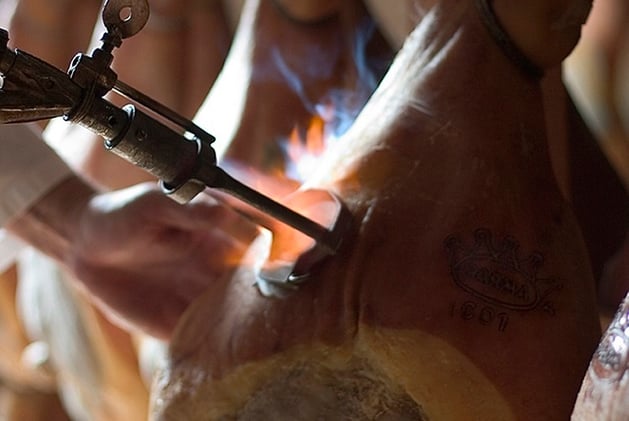
BALSAMIC VINEGAR
If exceptional milk and meat are at the basis of some of Emilia-Romagna’s main gastronomical assets, so are vineyards. Not only in when it comes to the production of a wide and varied selection of wines, but also for one of its most unique condiments, Aceto Balsamico Tradizionale di Modena. Deep, rich and glossy brown in colour with an unmistakable syrupy yet flowing consistency, this special balsamic vinegar is produced in the territories once dominated by the Renaissance court of the Este family.
Made from simmered grape juice (usually the local Trebbiano variety, but also from Lambrusco and Ancellotta), it is slowly matured through a process of acidification in a series of casks made from different types of wood. Complexly perfumed with a delicate balance between sweet and sour, it is traditionally used to flavour roast meat, but also great on a tip of Parmigiano or as a topping on a scoop of ice cream with strawberries.
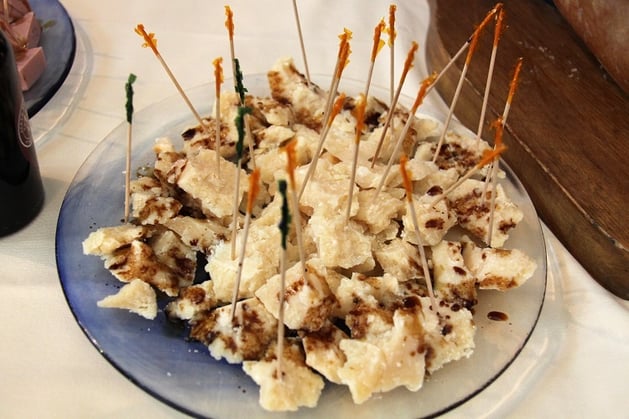
RICE
In Romagna, perhaps one of the most notable ingredients is the riso del Delta del Po (rice from the Po Estuary). Cultivated on the furthest eastern tip of the course of the river Po in the area straddling Romagna and the nearby region of Veneto, the rice of Romagna is the product of a land formed and made fertile by deposits from the river. Here, the light sea breeze and the fertile nature of the land create the ideal conditions for the cultivation of rice varieties such as Arborio, Baldo e Volano and, last but not least, Carnaroli, renowned for its superior qualities and used in the delicate risotti of the Italian and international fine dining scene.
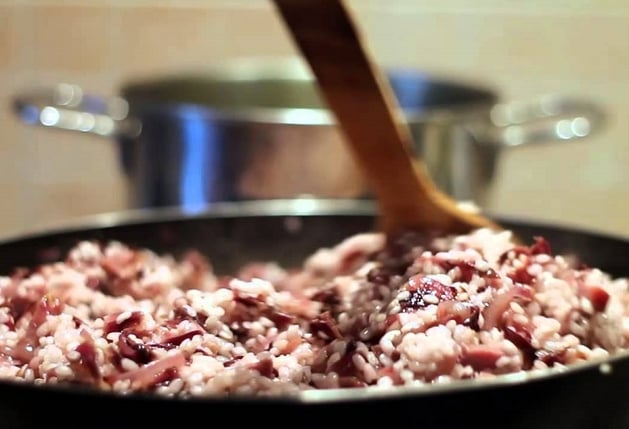
CHESTNUTS
If the fertile soil of the Pianura Padana and the breeze of the coast are key to the production of so many ingredients, so is the mountainous region of the Appennines. The area of Frignano, for instance, is famous for marroni. Soft, ivory-coloured and with a fine-grain pulp, these sweet and delicate fruits grow naturally from the chestnut tree Castaneda Sativa. Alongside more common chestnuts, marroni used to be a core part of the local diet, especially in times of war and famine when other produce was scarce; so much so that the chestnut tree was commonly referred to as albero del pane (bread tree). Roasted or boiled, ground in a Castagnaccio or pattona (traditional cakes made of chestnut flour) or gently simmered to make a marmalade, marroni are still considered to be a delicacy of any Autumn spent in Emilia-Romagna.
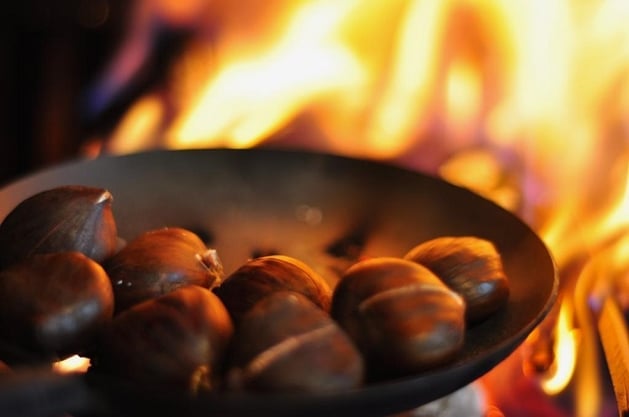
PASTA
In Bologna, a plate of fresh tagliatelle dressed with copious amounts of ragù alla Bolognese still holds a special place in everyone’s hearts and on their tables. From the French word ragoutier ("to awaken the appetite"), the ragù is a meat sauce made from a mixture of lean minced beef and pancetta, folded into a base of finely chopped carrots, celery and onions, gently stewed with the addition of salt, pepper, nutmeg, a touch of tomato for color and a dash of white wine. It is said to have first appeared in the region in the seventeenth century thanks to Alberto Alvisi, who cooked for the cardinal of Imola and first served it as part of a dish of maccheroni.
Stuffed pasta in Emilia-Romagna is known to have a variety of names, almost as many as the towns that proudly produce them. From Parma to Reggio Emilia, Modena and Bologna you will find tortelli (square or rectangular shaped pasta parcels), tortellini (their smaller counterparts), ravioli (folded "handkerchiefs" of pasta), anolini and cappelletti (shaped like small hats), to name a few. They are filled with a base of soft cheese (normally ricotta), Parmigiano Reggiano, egg, nutmeg, and sometimes vegetables (pumpkin in the cappellacci of Ferrara or chard in the tortelli d’Erbetta of Parma) or meat (in Bologna with mortadella and pork loin). Although they are enjoyed all year round, it is not Christmas or Easter in Emilia-Romagna without a plate of these delightful pasta parcels. They are equally delicious served dry (asciutti) in generous amounts of butter and Parmesan or in a clear consommé (in brodo).
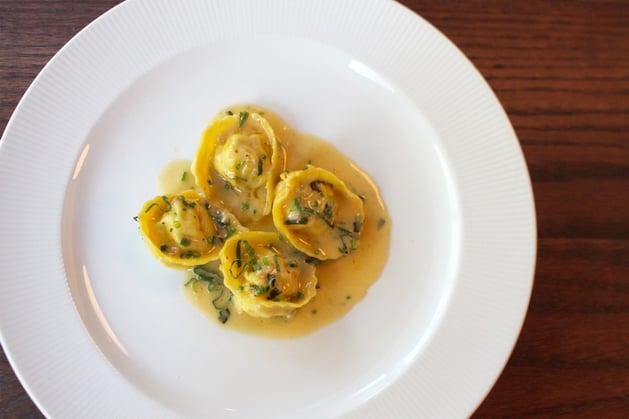
MEAT
Another classic of Christmas festivities in Emilia-Romagna is the zampone or cotechino di Modena, a pig’s trotter stuffed with a mixture of lean pork meat and fat from the belly, neck and pig skin. The meat is stewed for up to four hours, and the added seasoning of salt, pepper and mixed spices such as cinnamon, coriander, cumin and cloves gives this hearty dish a distinctive warmth and aromatic flavour that’s perfect for staving off the harsh winters of the region. Sliced at the table, half an inch thick, it is traditionally accompanied by generous amounts of mashed potato; on New Year’s Eve, it is served after midnight on a bed of lentils as an omen for wealth and good luck in the year to come.
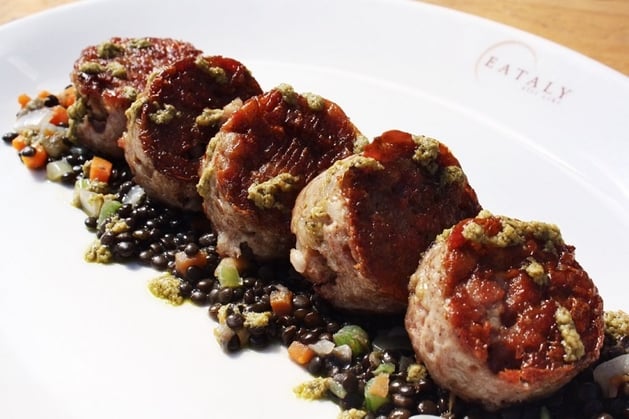
BREAD
If winters in Emilia Romagna are all about fresh pasta and pork meat, its summers have a distinctly different taste. On the Adriatic coast, the Piadina Romagnola is the undisputed protagonist of the season. Born in the coastal towns of Ravenna, Forlì and Cesena, the Piadina is a staple of Romagna’s street food and a favorite snack of locals and tourists alike.
It is a round flatbread made of flour, water and olive oil, most probably of Greek-Byzantine origins (its name is thought to come from pita, the Greek word for focaccia). It stands out from other types of flatbread for its crisp and deceivingly light appearance but extremely indulgent flavor (it isn’t uncommon to find lard as a substitute for olive oil in the traditional recipe). It is traditionally baked on a terracotta tray placed on an open fire.
Piadina can be stuffed with a variety of cheeses, salumi and vegetables or even, in its sweet, more modern version, with Nutella. Its historical companion, however, remains the Squacquerone, a soft, creamy, whole-milk, fresh cheese, also from the region.
Alongside the Piadina, another traditional snack from the street food scene is the Gnocco Fritto di Modena (also known as Crescentina in Bologna or Torta Fritta in Parma). This deep-fried dough parcel made of flour, salt, water, and lard is thought to have originated from the Lombard domination of the region. Shaped like a warm "pillow" of dough, it is golden and crispy on the outside, fluffy and soft on the inside. It can be filled with either savory or sweet ingredients, and is perfect when accompanied by salumi, soft cheese or even jam.
Editor's note: This article by Caterina Violi first appeared on Great Italian Chefs. Caterina is a food lover, researcher, and freelance journalist from Parma, Emilia-Romagna. When she is not writing, she teaches Capoeira in Maremma, Toscana. Explore more cultural and culinary articles from some of Italy’s best chefs and writers!
Discover the flavors of Emilia-Romagna firsthand and join the Emilia Romagna Chef Bike Tour.











